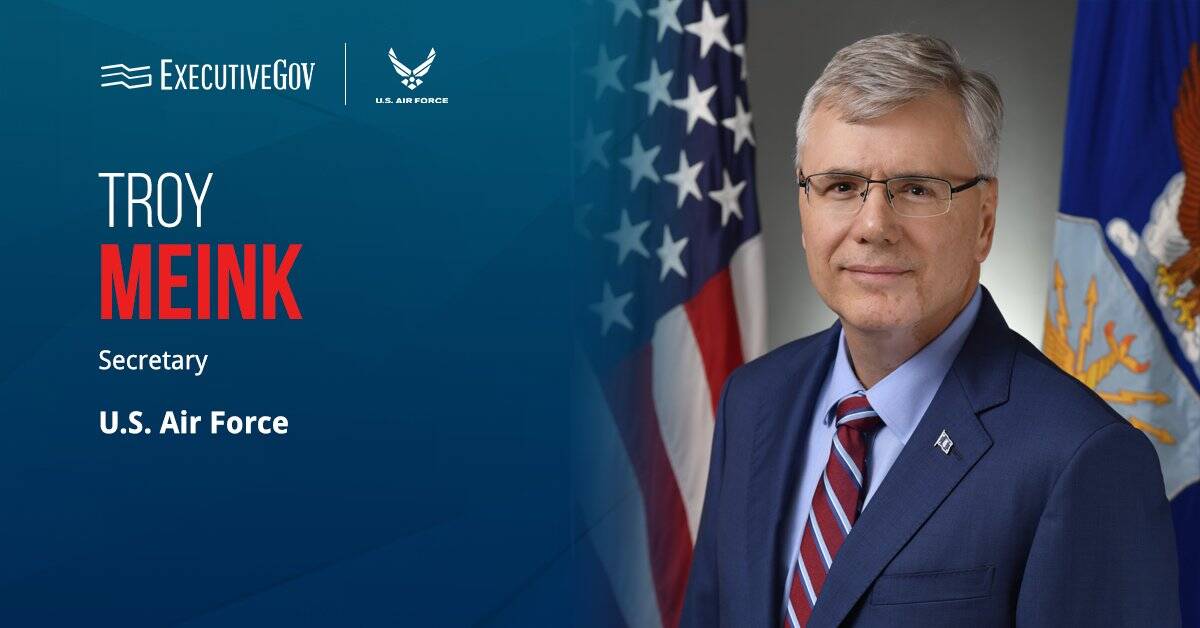The U.S. Army recently completed a counter-small unmanned aircraft systems, or C-sUAS, demonstration to gauge their effectiveness against threats.
According to the Army, the challenging test was conducted by the Joint Counter-Small Unmanned Systems Office, a.k.a. JCO, to determine the command-and-control capabilities of nine C-sUAS systems against small UAS threats.
The demonstration, the fifth of its kind and the first in nearly 12 months, was held at Yuma Proving Ground from June 3 to 28. It involved more than 40 UAS threats attacking a particular target, which was defended by the C-sUAS systems.
Chief of the JCO Acquisition Division Col. Michael Parent said the test allowed them to evaluate the capabilities of the counterattack systems against challenging threat profiles, including both kinetic and non-kinetic methods of warfare. In particular, the C-sUAs were tested against rotary wing, fixed wing, slow-moving and propeller-powered UAS threats.
“You don’t want to obviously engage the target multiple times,” Parent said. “You’ve got so many [UAS] coming at you, you have to be able to differentiate and have the most promising threat first.”
The counter-drone systems were evaluated on their ability to sense and identify the different kinds of UAS threats. Other features tested included guided rockets, kinetic interceptor drones, electro-optical/infrared cameras, radio frequency scanners and radio frequency jammers.
While Parent did not provide specifics on the results of the demonstration, he did conclude that there is a need for a full system-of-systems approach to be able to handle more than 50 threats of different sizes coming from different angles at different speeds.
JCO will share the results of the test with the vendors and the different combatant commands. This will help in producing C-sUAS with specific capabilities needed by the combatant commands. Another demonstration will be held during the second or third quarter of fiscal year 2025.
ELTA North America, one of eight vendors to participate in the demo, managed to secure two proposals. The Maryland-based aerospace company proposed vehicle-mounted and platoon transport counter-drone systems.
In 2019, former Defense Secretary Mark Esper appointed the Army as the executive agent for C-sUAS defense in response to the growing threat of drone warfare. In Ukraine and Israel, for example, UAS were used for reconnaissance and transporting ammunition by enemy forces.





